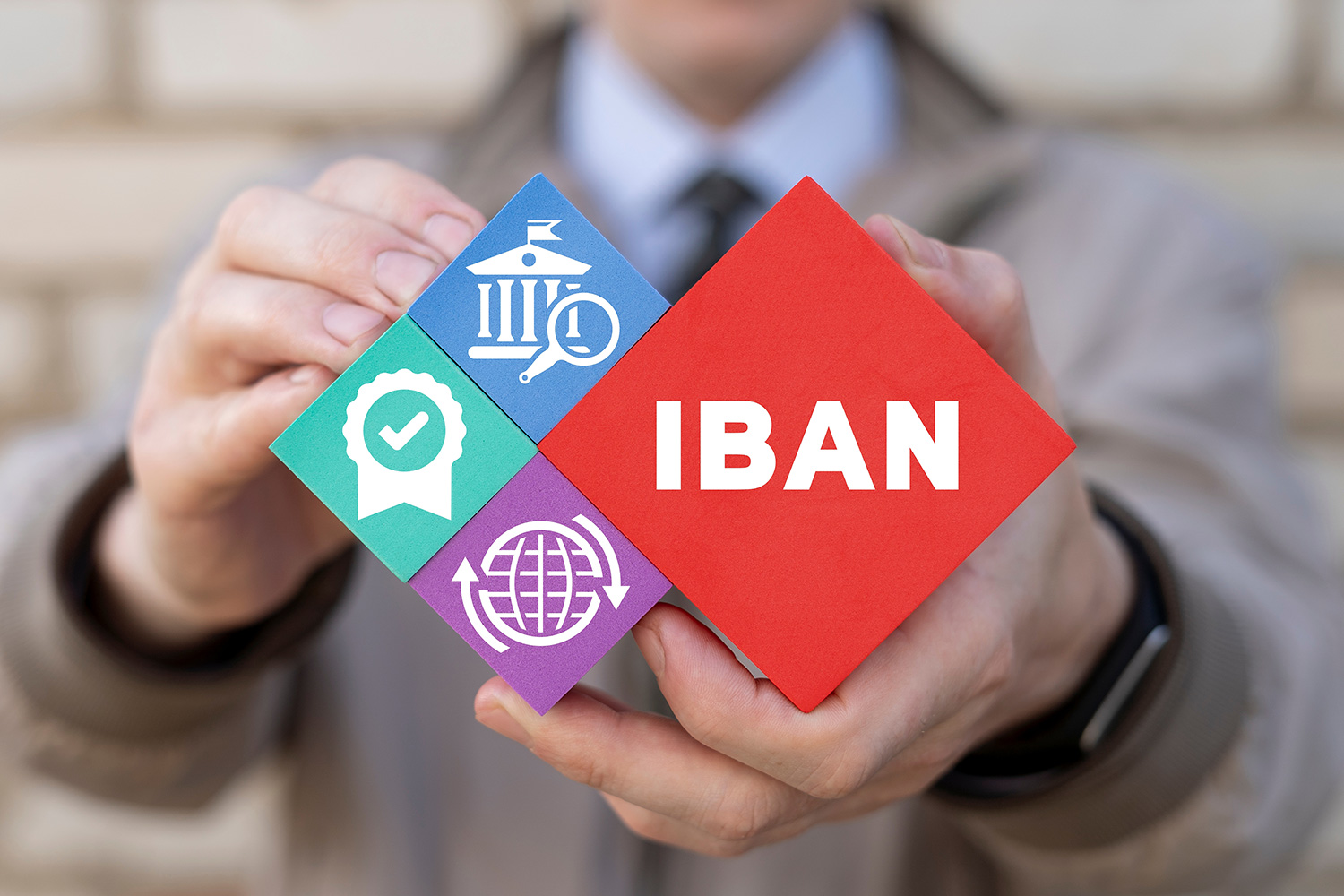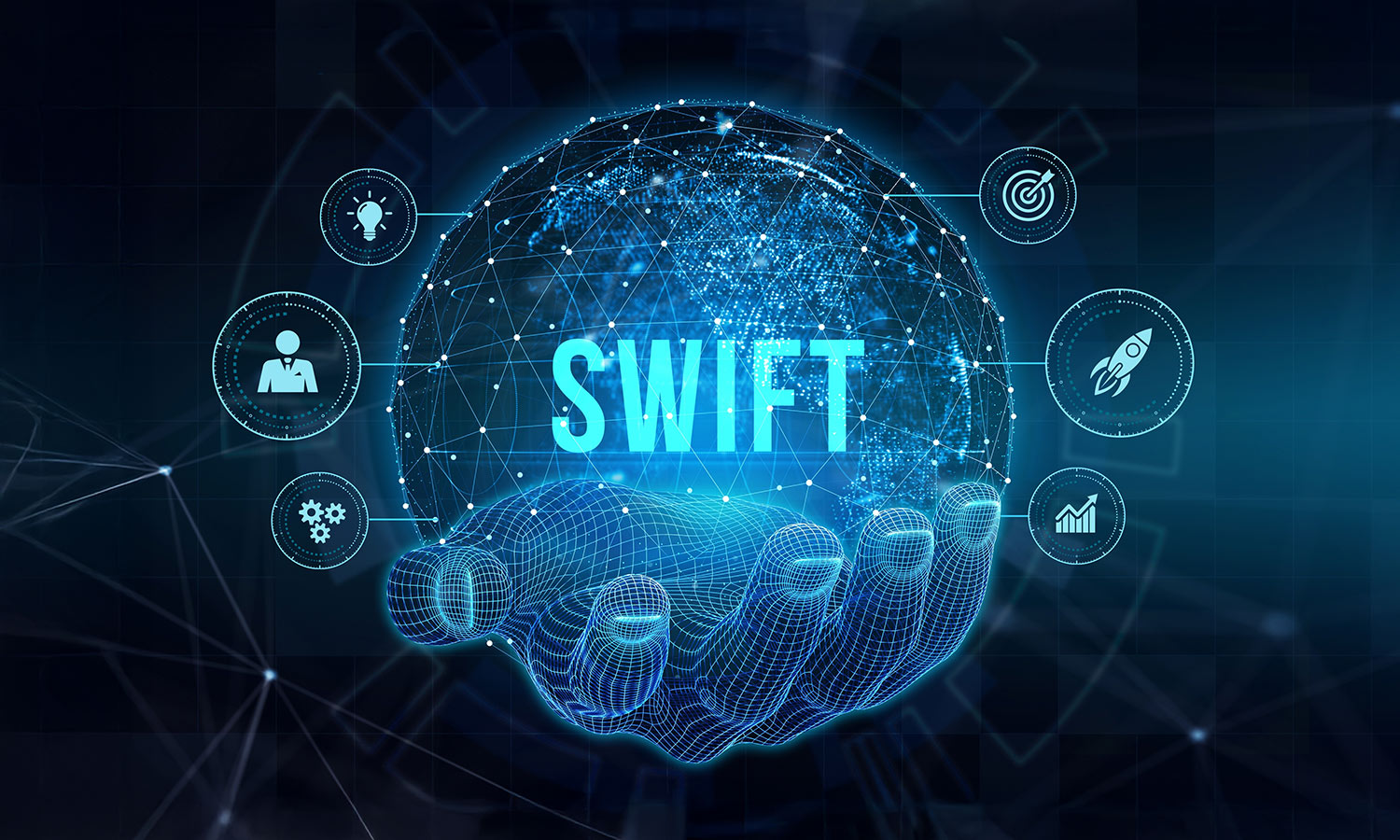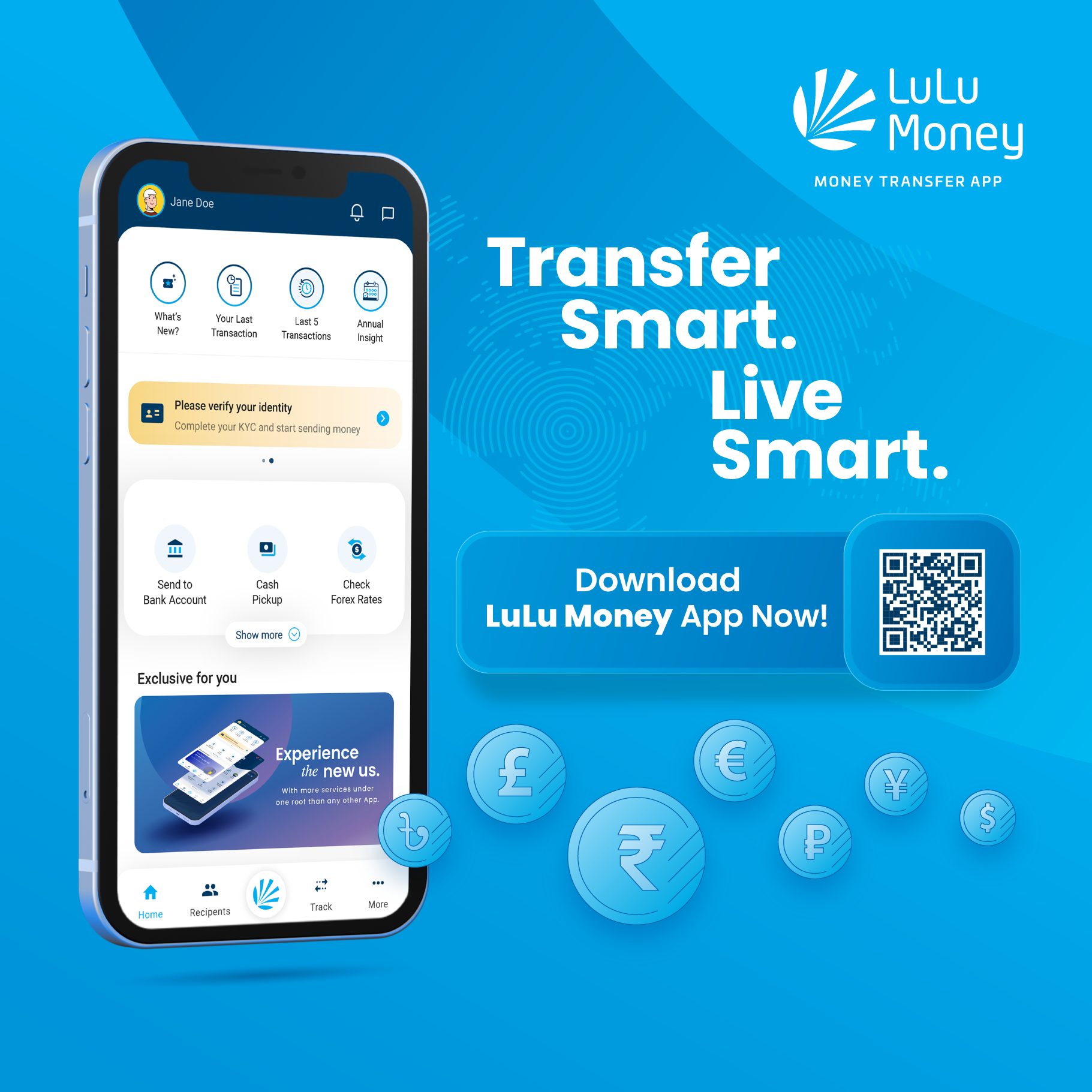

Disclaimer: The following article is intended for educational purposes. LuLu Exchange does not currently offer Web3 or blockchain-based products or advice.
The borrowing landscape has been transformed with the advent of Web3 technologies. Decentralized lending, powered by blockchain and smart contracts, challenges traditional financial systems by offering a transparent, efficient, and accessible alternative. Say goodbye to mountains of paperwork, credit checks, and high-interest rates—Web3 borrowing has arrived to redefine how we think about financial access.
How Web3 Borrowing Works
The backbone of Web3 borrowing lies in smart contracts, which automate and streamline the lending process. Users begin by connecting their Web3 wallets to decentralized platforms like Aave, Compound, or MakerDAO. Once linked, they can deposit cryptocurrencies such as Ethereum as collateral.
The value of the deposited collateral determines the loan amount, which can be issued in cryptocurrencies or stablecoins. Upon approval, smart contracts handle everything from loan issuance to terms enforcement. Borrowers can repay loans at their convenience, and once the repayment is complete, the collateral is automatically released back to them.
Revolutionary Platforms Leading the Way
Some platforms are at the forefront of the decentralized lending revolution, each bringing unique features to the table.
Aave has gained recognition for its flash loans, which allow users to borrow uncollateralized funds for short-term purposes. Compound employs algorithms to actively adjust interest rates based on market supply and demand, ensuring fairness for borrowers and lenders alike. MakerDAO’s governance mechanisms and smart contracts ensure stability for its DAI stablecoin, providing a robust borrowing and lending experience.
The Unique Features of Web3 Borrowing
Decentralized lending platforms offer several features that distinguish them from traditional financial systems. Borrowers can use a variety of cryptocurrencies as collateral, and the entire lending process is automated through smart contracts. This eliminates the need for intermediaries, reducing costs and errors.
Transparency is another defining aspect, with all transactions recorded immutably on the blockchain. Additionally, Web3 lending platforms operate 24/7, offering global access without the need for credit checks or geographical restrictions. Borrowers can also deploy their funds strategically in decentralized finance (DeFi) activities like yield farming, unlocking further earning potential.
The Benefits of Decentralized Lending
Web3 borrowing is designed to empower users with lower interest rates, as the automation of lending processes significantly reduces operational costs. By eliminating credit checks, these platforms make borrowing more inclusive, catering even to those with no credit history.
The global accessibility of Web3 lending ensures that users from anywhere in the world can borrow funds whenever needed. Privacy is another key advantage, as borrowers’ personal and financial information remains secure. For those involved in DeFi, Web3 borrowing provides opportunities to employ funds in sophisticated financial strategies, maximizing returns.
Challenges in the Web3 Borrowing Ecosystem
Despite its many advantages, decentralized borrowing comes with challenges. Cryptocurrencies’ inherent volatility can pose risks, especially when sudden value drops lead to loan-to-value ratio issues, potentially triggering collateral liquidation.
Additionally, understanding decentralized protocols and managing associated risks require a steep learning curve, which can deter new users. While smart contracts automate the lending process, they are not immune to vulnerabilities, and coding flaws could compromise security. Finally, regulatory uncertainty adds complexity, as governments worldwide are still formulating policies for DeFi platforms.
The Future of Web3 Borrowing
The future of Web3 borrowing is bright, with exciting innovations on the horizon. Enhanced risk management tools, such as stronger insurance mechanisms, are likely to address volatility concerns. Hybrid models integrating decentralized and traditional finance may create a seamless borrowing experience.
As platforms invest in user-friendly interfaces and educational resources, decentralized lending will become more accessible to the mainstream, further expanding its reach. By leveraging blockchain technology’s transparency and efficiency, Web3 borrowing is set to redefine financial inclusivity and bridge the gap between traditional and decentralized systems.
Conclusion
Web3 borrowing isn’t just a new way to access credit—it’s a paradigm shift in the financial world. With its transparency, efficiency, and inclusivity, it empowers users while challenging traditional banking norms. As this ecosystem continues to evolve, it promises to create a more equitable global financial landscape, bringing the benefits of decentralized finance to individuals everywhere.
Popular BLOG

September 25, 2025
The Ripple Effect: When Everyday Choices Echo Far & Wide

October 6, 2025
WPS in UAE: Everything Employers and Employees Should Know

September 19, 2025
How AI Will Impact Money Transfer in the Future

September 10, 2025
What is IBAN Number? How to Find & Use IBAN

September 2, 2025
What Is a SWIFT Code and Why Do You Need It?

August 25, 2025
World Currency Symbols, Explore All Country Currency Symbols

August 7, 2025
Top 10 Weakest Currencies in the World

August 1, 2025
Reasons Why Small Savings Matter More Than High Earnings

July 30, 2025
Why Do Exchange Rates Vary Every Time You Send Money?

July 22, 2025

